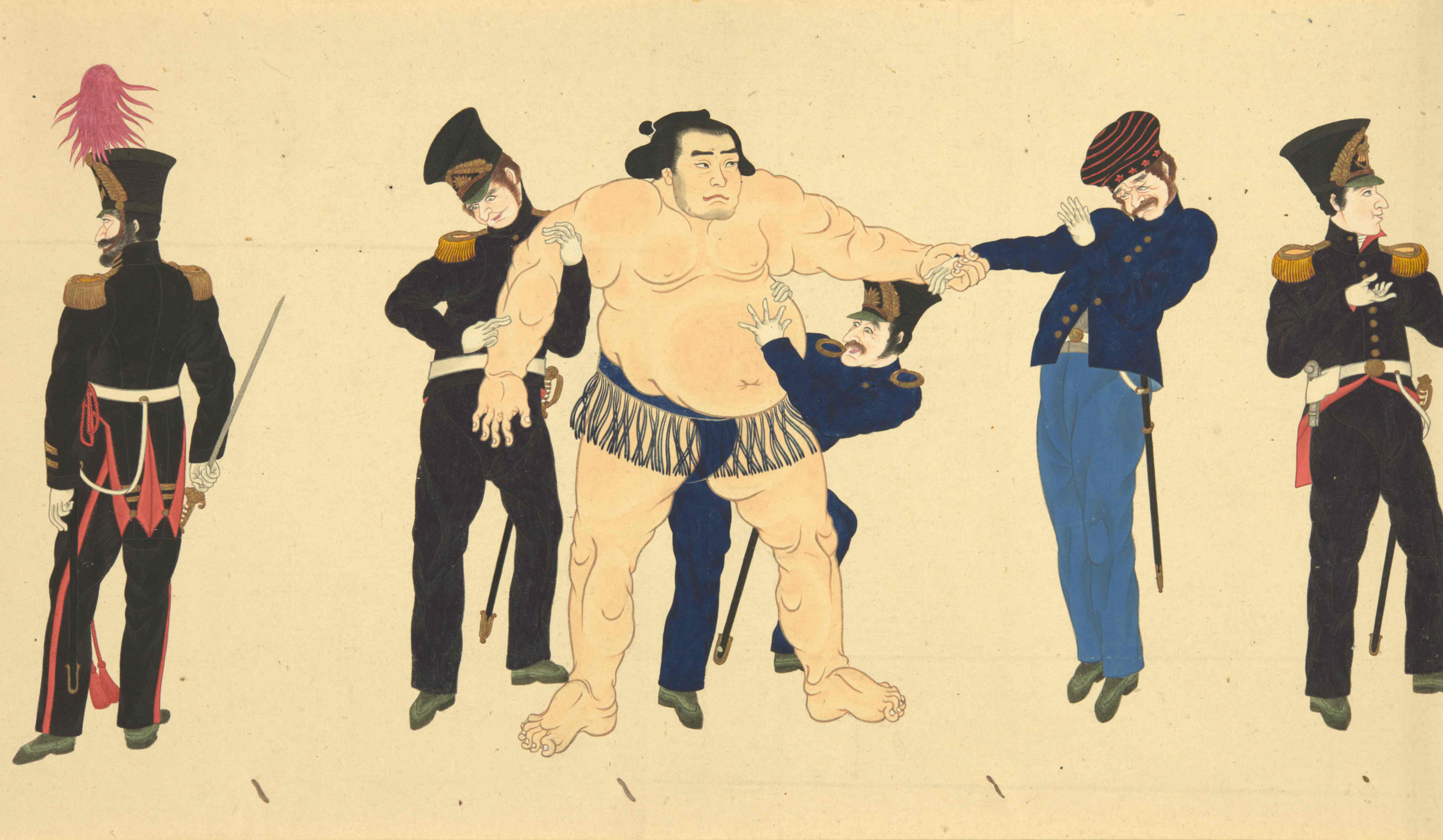"It's come pretty much out of nowhere," says British Museum curator Tim Clark, placing a small wooden box on the table — it's about the dimensions of a shoebox, slightly weathered and lightly inscribed with fluid kanji characters. "It was in Japan until last summer, where it belonged to a dealer, and before that, we don't know. In fact there's still a lot about it we don't know."
And with that, he takes out a compact bundle, loosens the silk cord around the worn cloth cover, and lays the Japanese section's latest, almost half-a-million-pound (¥75 million), acquisition gently down on the table and starts unrolling it. I have my dictaphone running, and when I listen back there's almost a minute when I've gone completely silent as I watch Clark reveal this treasure — which goes on display to the general public on April 18.
The piece is a jawdroppingly fine, 15-meter-long handscroll depicting the arrival in Japan of Commodore Matthew C. Perry and the nine famous black ships in February 1854. It was Perry's second visit, and culminated in the signing of the Convention of Kanagawa on March 31, which effectively ended Japan's centuries of sakoku (closed country) diplomatic seclusion.



















With your current subscription plan you can comment on stories. However, before writing your first comment, please create a display name in the Profile section of your subscriber account page.